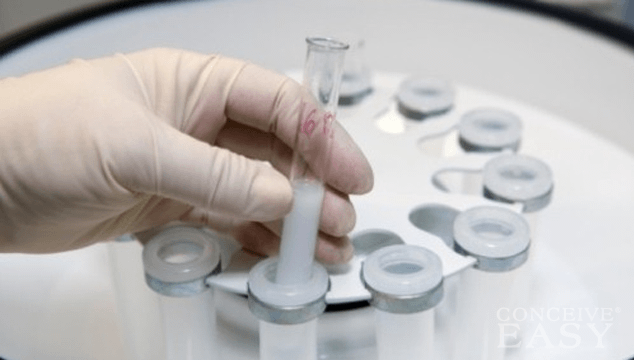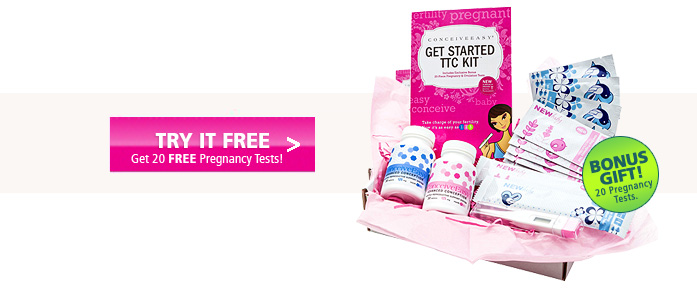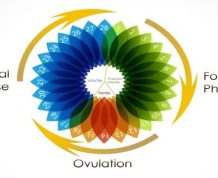More and more research is being done on Frozen Embryo Transfers being used for IVF. Research is showing that frozen embryos have better success than fresh embryos. Also, there is another new technology known as Preimplantation Genetic Diagnosis (PGD) which is making it possible for single frozen embryo transfers to be even more successful. Today we are going to explore both PGD and Frozen Embryo Transfer to learn more about it and what makes it so successful as opposed to other options. Claim Your 20 Free Pregnancy Tests – Click Here

Doctors have long been searching for a way to be able to transfer fewer embryos and have a higher rate of success. Pregnancy involving multiples is often riddled with loss and medical issues, as well as higher IVF costs.
Doctors and researchers wondered what would happen if they tried a new concept when it comes to IVF: using thawed embryos alongside genetic screening and testing to maximize success. The results so far have been very promising.

It allows patients’ bodies to have more time to heal, namely giving extra time for the endometrial lining to recover from the side effects of fertility drugs. This makes the body more receptive when it is time for an embryo to implant. By combining that with PGD, doctors can examine all 23 pairs of chromosomes for genetic abnormalities and give patients a better rate of success than ever before.

Who can benefit from PGD partnered along with Frozen Embryo Transfer? Women who are over 35 or 40 can really benefit from this technology, since their eggs have a higher rate of genetic abnormalities. By using PGD, doctors and technicians can look for the best embryos to use in the cycle, and by utilizing Frozen Embryo Transfers, the patient’s body has time to prepare better for pregnancy.

In short, the benefits far, far outweigh any risks involved when using Frozen Embryo Transfer and PGD. The rates of miscarriage are much lower. Older women can get pregnant and have children with fewer risks, since the most genetically sound embryos can be chosen.
Using Frozen Embryo Transfers and PGD can also make pregnancies easier, since there is a higher rate of singleton pregnancy instead of mutliples. Implantation rates are also much, much higher when using frozen embryos. As you can see, PGD and Frozen Embryo Transfer are definitely the wave of the future when it comes to IVF treatment, and you can expect to see and hear more about them in the future.










Comments